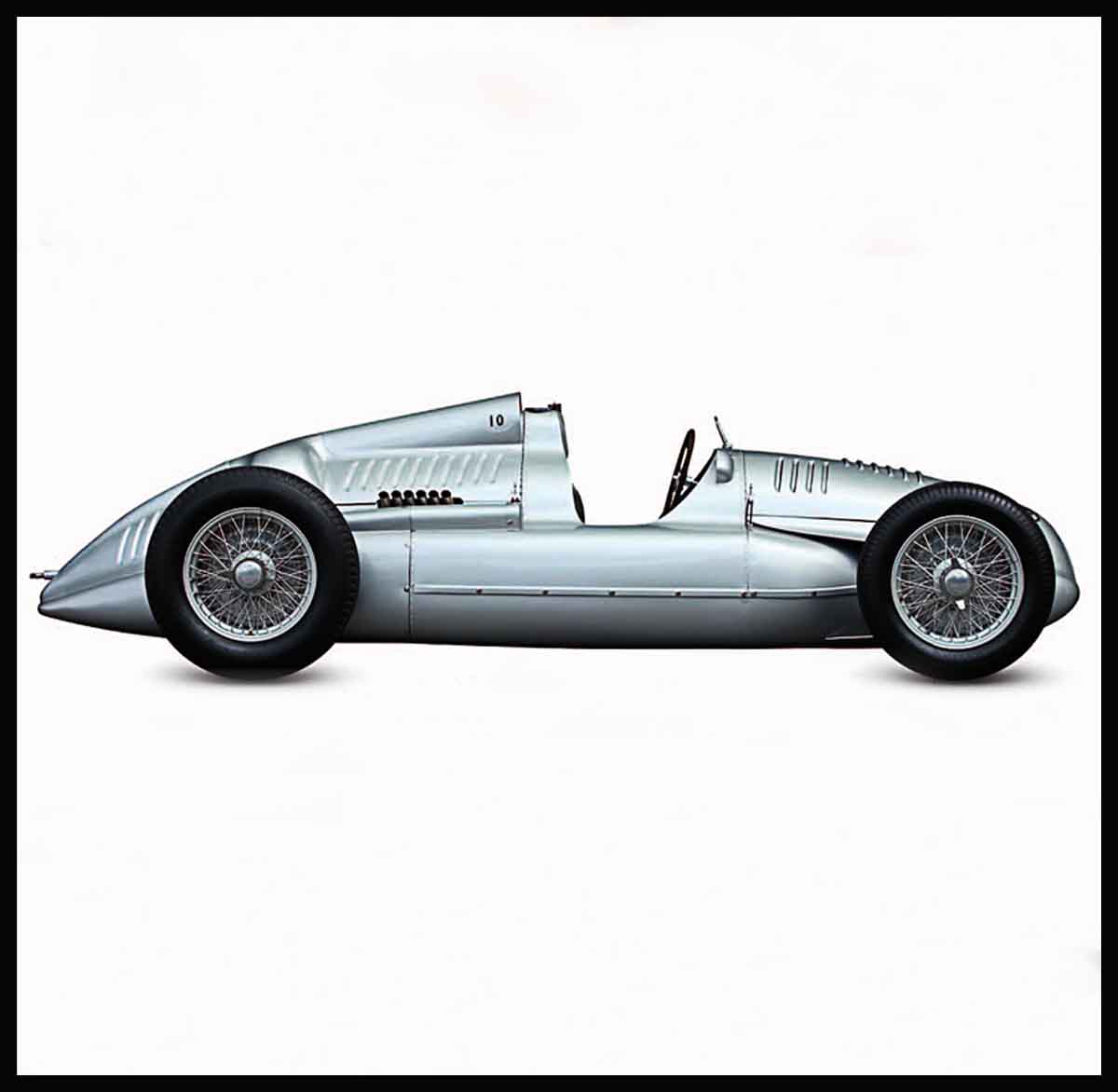
Racing Cars and Single-Seaters
The 1930s saw Italian marques take the lead in European motor racing as French and British opposition waned. However, it wasn’t long before German government investment created immensely fast and dominant racing machines. These German cars left other manufacturers looking at lesser formulae where they could compete on an equal footing; only the Italian manufacturers battled on to collect an occasional Grand Prix win.
Riley Brooklands, 1929

| Origin | UK |
| Engine | 1,087 cc, straight-four |
| Top speed | 88 mph (142 km/h) |
The light, sporting build of Riley cars made them ideal for creating a sports-racing version. The Brooklands raced with great success, winning the 1932 Tourist Trophy.
Bugatti Type 51, 1931
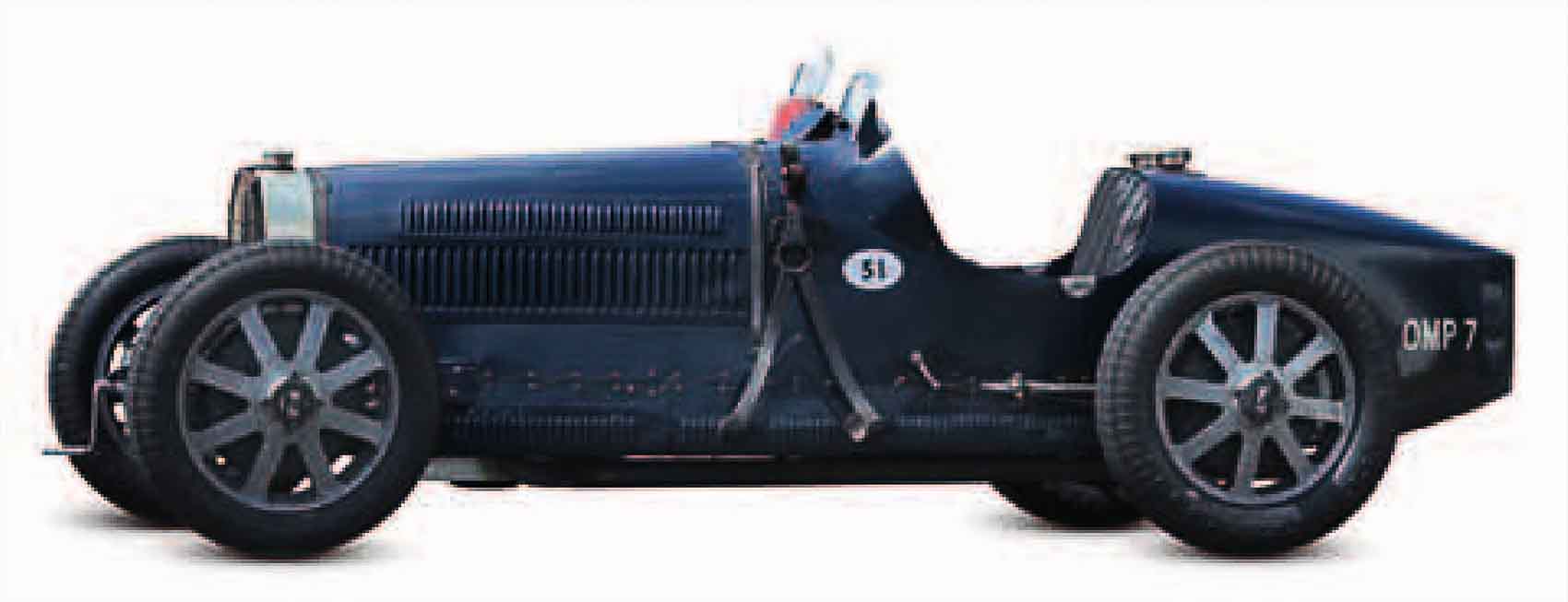
| Origin | France |
| Engine | 2,262 cc, straight-eight |
| Top speed | 140 mph (225 km/h) |
Jean Bugatti developed the Type 51 from the Type 35 and added a new twin-cam engine. The car won the 1931 French GP, but later struggled to match German and Italian racers.
Hudson Eight Indianapolis, 1933
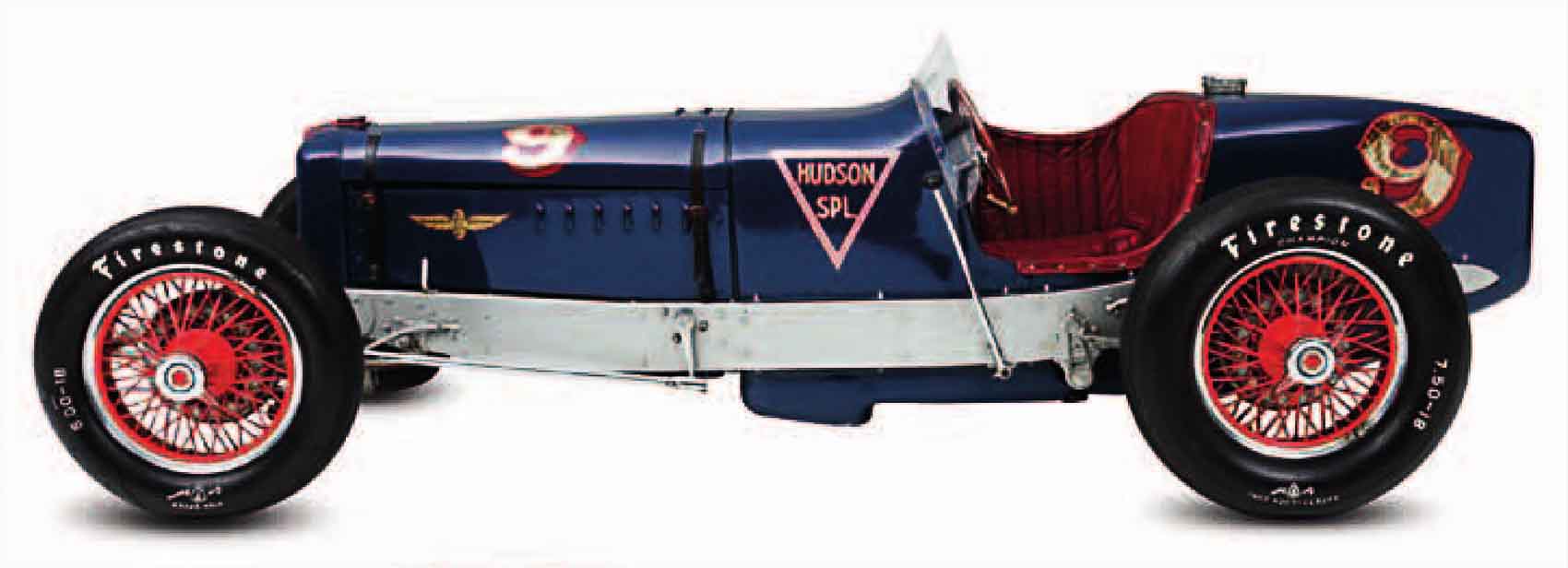
| Origin | USA |
| Engine | 3,851 cc, straight-eight |
| Top speed | 130 mph (209 km/h) |
To combat reduced race entries during the Great Depression, Indianapolis started the “Junk Formula,” welcoming Specials built on production chassis, like this Hudson.
Auto Union Type A, 1934
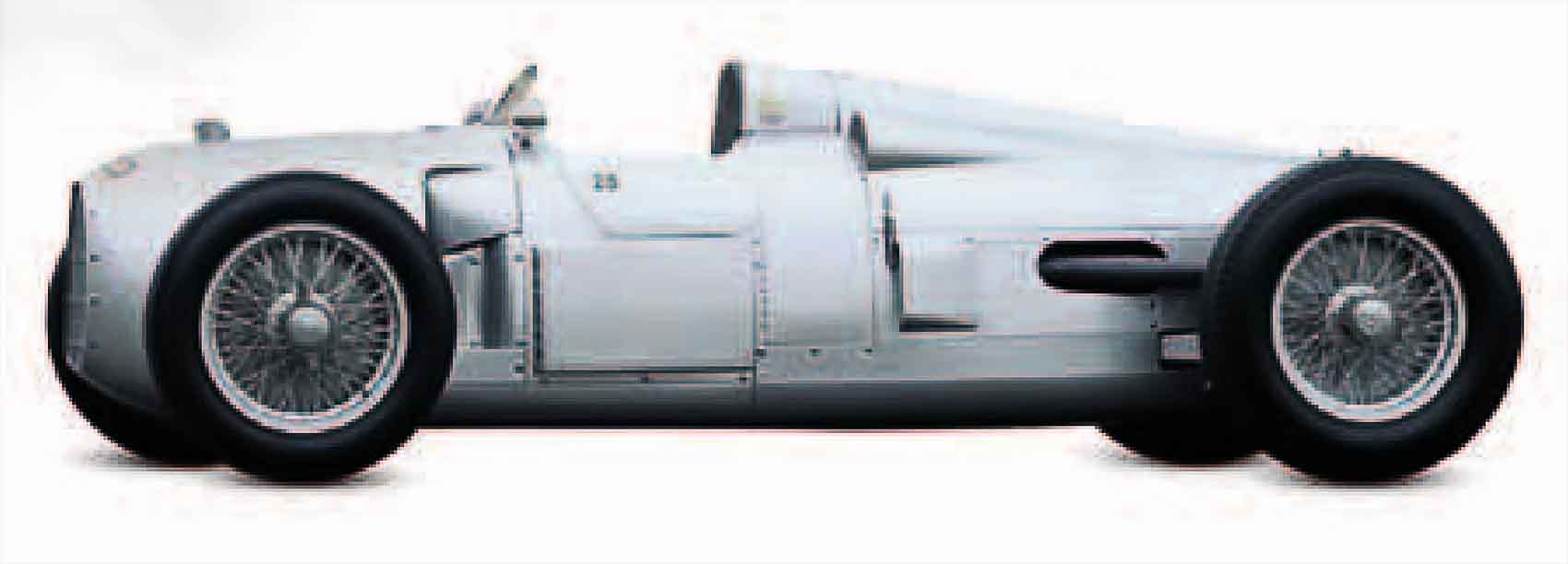
| Origin | Germany |
| Engine | 4,360 cc, V16 |
| Top speed | 171 mph (275 km/h) |
Ferdinand Porsche designed this revolutionary Grand Prix car, more like modern racers than anything in its day, with a hugely sophisticated engine in front of the rear wheels.
Auto Union Type D, 1938

| Origin | Germany |
| Engine | 2,990 cc, V12 |
| Top speed | 205 mph (330 km/h) |
Auto Union designer Eberan von Eberhorst produced this complex machine for the new 3-liter Grand Prix category in 1938. Its mid-mounted, three-camshaft V12 produced 420 bhp.
Maserati 8C 3000, 1932
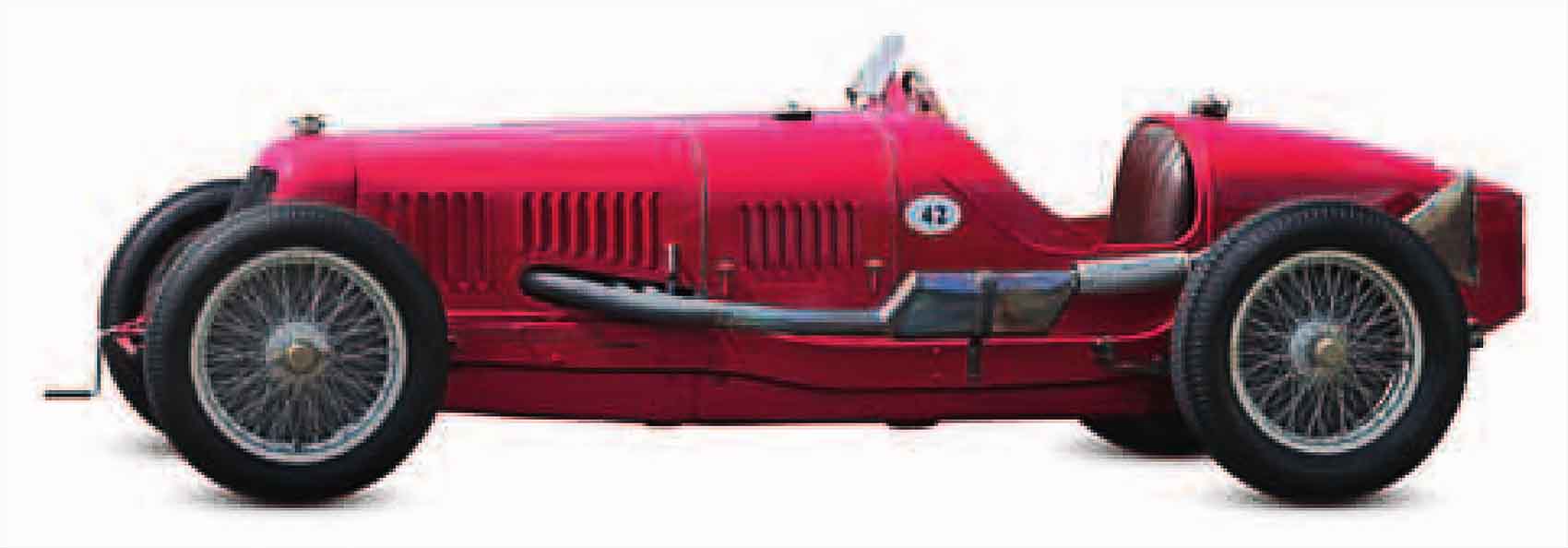
| Origin | Italy |
| Engine | 2,991 cc, straight-eight |
| Top speed | 149 mph (240 km/h) |
Maserati’s new Grand Prix car for the 1933 season had an ultra-light alloy engine. It beat the Alfa Romeos to win the 1933 French Grand Prix.
Morgan 4/4 Le Mans, 1935
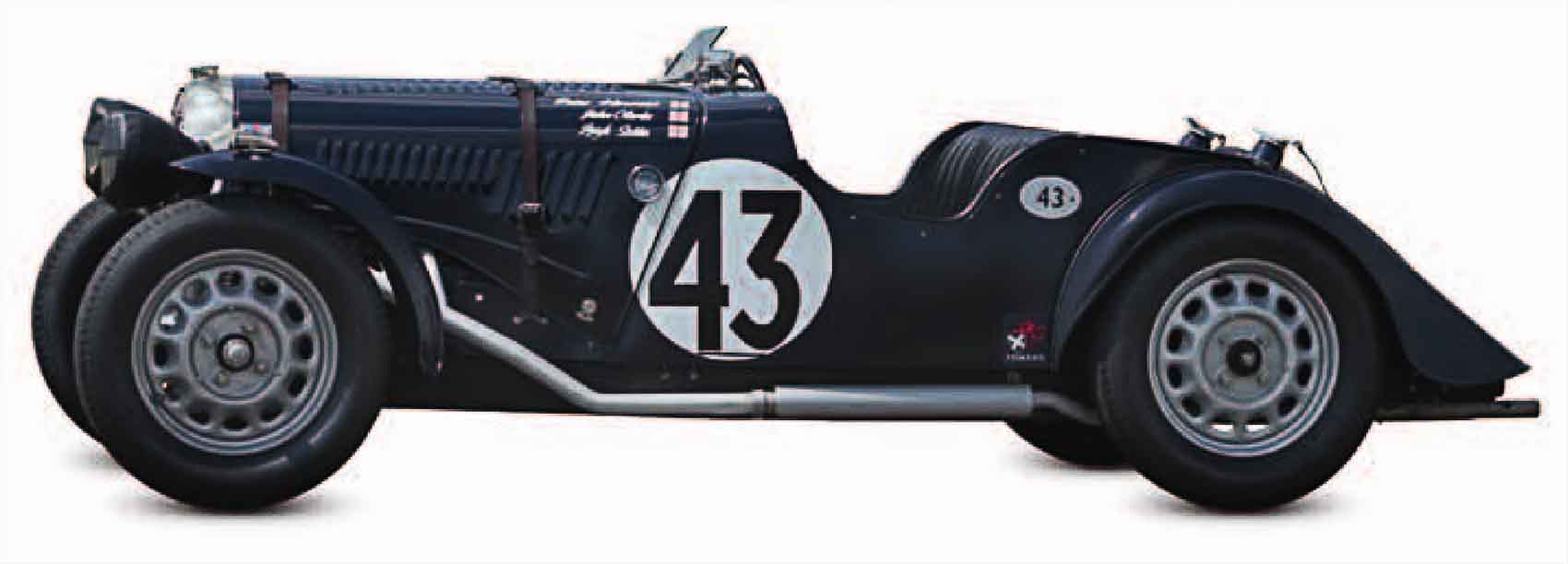
| Origin | UK |
| Engine | 1,098 cc, straight-four |
| Top speed | 80 mph (129 km/h) |
Morgan’s first four-wheel car was a lively performer with a Coventry Climax engine. Several were raced, and Prudence Fawcett finished 13th in hers at Le Mans (France) in 1938.
Maserati 8CTF, 1938

| Origin | Italy |
| Engine | 2,991 cc, straight-eight |
| Top speed | 180 mph (290 km/h) |
The double-overhead-camshaft, twin-supercharged 8CTF was built to challenge German domination in European Grands Prix. It was more successful in the United States.
Mercedes-Benz W25, 1934
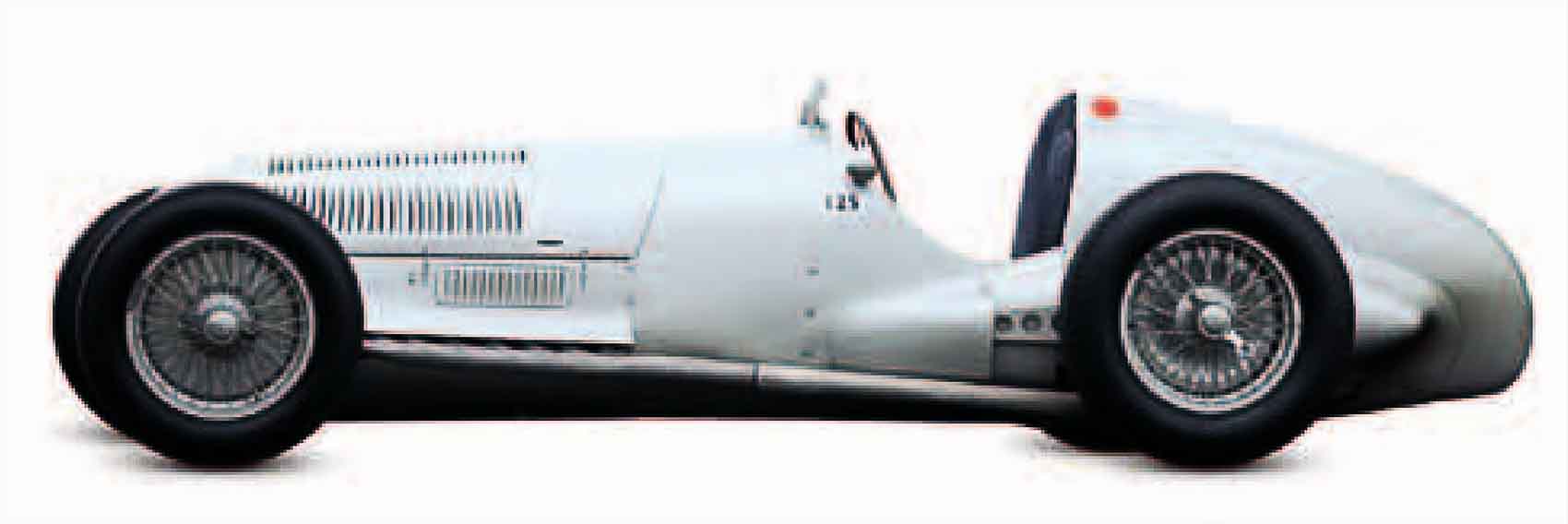
| Origin | Germany |
| Engine | 3,360 cc, straight-eight |
| Top speed | 180 mph (290 km/h) |
Encouraged by German government incentives, Mercedes-Benz invested heavily in this clean, competitive racer for the new 1,654 lb- (750 kg-) maximum weight formula.
Mercedes-Benz W125, 1937
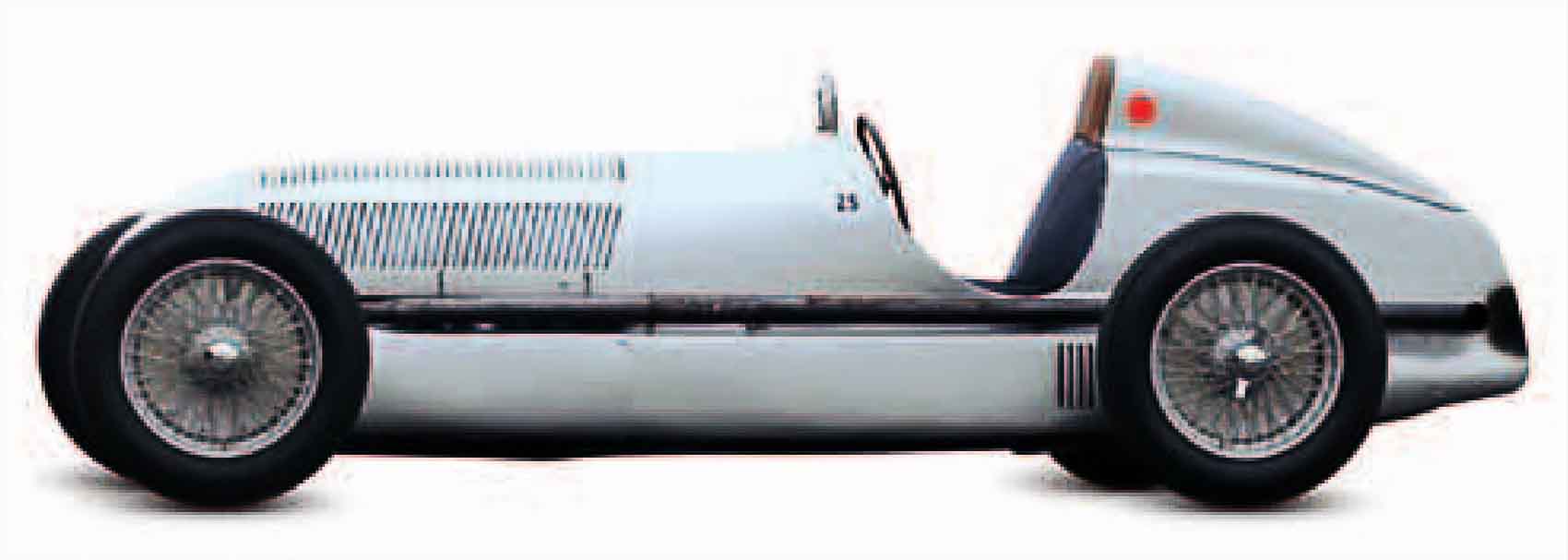
| Origin | Germany |
| Engine | 5,660 cc, straight-eight |
| Top speed | 205 mph (330 km/h) |
The only restriction for the 1937 Grand Prix season was a maximum weight of 1,654 lb (750 kg). Rudolf Uhlenhaut took full advantage to build one of the most powerful GP cars ever.
Issigonis Lightweight Special, 1938

| Origin | UK |
| Engine | 750 cc, straight-four |
| Top speed | 90 mph (145 km/h) |
Built by Alec Issigonis, who designed the Morris Minor and the Mini, this car has an ultra-light semi-monocoque with all-independent suspension incorporating rubber belts at the rear.
Mercedes-Benz W154, 1938

| Origin | Germany |
| Engine | 2,962 cc, V12 |
| Top speed | 192 mph (309 km/h) |
For 1938, engines were limited to 3.0-liter supercharged or 4.5-liter unsupercharged. Mercedes still managed to achieve 430 bhp with this twin-supercharged, four-cam, V12 racer.
It is a quote. The Definitive Visual History Of The Automobile 2011




